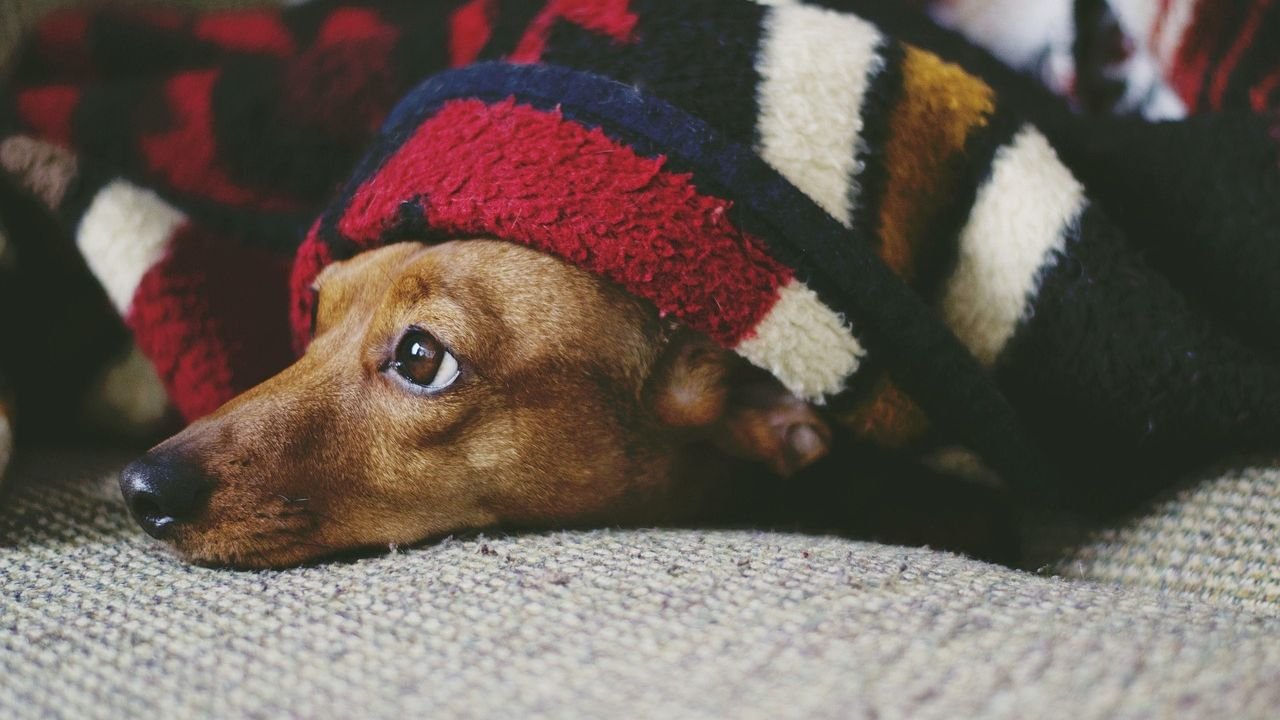Picture this: The sky darkens, the first rumble of thunder echoes in the distance, and your normally brave companion suddenly transforms into a trembling, whimpering mess trying to squeeze under your coffee table. If you’ve witnessed this heart-wrenching scene, you know how thunderstorms can turn even the most confident dog into a bundle of pure anxiety.
Storm phobia affects millions of dogs worldwide, and honestly, it’s one of the most heartbreaking things to watch as a pet parent. Dogs are so much more sensitive to sounds – their hearing is so much more powerful than ours – so they can often detect thunder way before we can. What makes it even more challenging is that storm phobia is a specific type of fear response that a dog displays from the clues that appear even before a storm arrives, such as darkening skies, rain, gusts of wind, the scent of ozone, and changes in barometric pressure. Your furry friend might start showing signs of distress long before you even realize a storm is coming. Let’s explore eight proven ways to help your beloved companion weather the storm with more confidence and comfort.
Create a Safe Haven Where Your Dog Can Retreat

The best thing you can do for your dog is to let them go to their safe space, and not punish them for any behavior during thunderstorms, including destruction and whining. Dogs like going to a space like their crate or a dark closet during a thunderstorm because it’s familiar and soothing. Think about it like this: when we’re scared, we instinctively want to find a cozy corner or curl up under blankets. Your dog feels exactly the same way.
Set up a designated area in your home where your dog can go during a thunderstorm. This space should be comfortable and secure, such as a crate or a small room with minimal windows. Add familiar items like blankets, toys, and your dog’s bed to help them feel more secure. I’ve noticed that many dogs gravitate toward interior bathrooms or closets naturally during storms, probably because these spaces muffle sound better than other areas of the house.
Use Pressure Therapy Through Anxiety Wraps
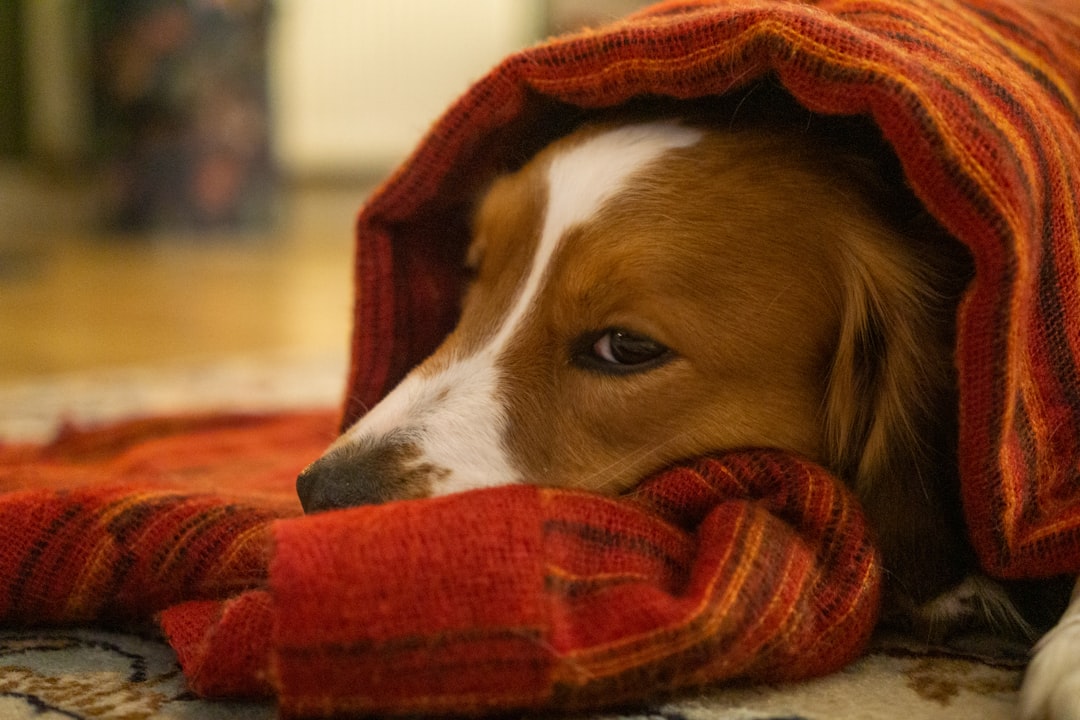
You might have heard of ThunderShirts, and there’s actually solid science behind why they work. The ThunderShirt can be used with behavior modification programming and medication as an adjunct treatment option to assist dogs diagnosed with anxiety disorder to reduce heart rate. These snug-fitting garments work similarly to swaddling a baby or getting a comforting hug when you’re stressed.
Eighty-nine percent of owners reported that the Anxiety Wrap was effective to some extent in treating their dogs’ thunderstorm phobia. These results provide evidence that the Anxiety Wrap is therapeutic for canine thunderstorm phobia and reduces the severity of clinical signs by almost 50%. The key is introducing the wrap during calm times first, so your dog associates it with positive experiences rather than just storms. It’s important to get your dog used to wearing it beforehand to make sure they’re comfortable with it. Have them wear the jacket or wrap for a few minutes every day, giving them treats and praise to create a positive association.
Master the Power of Sound Management
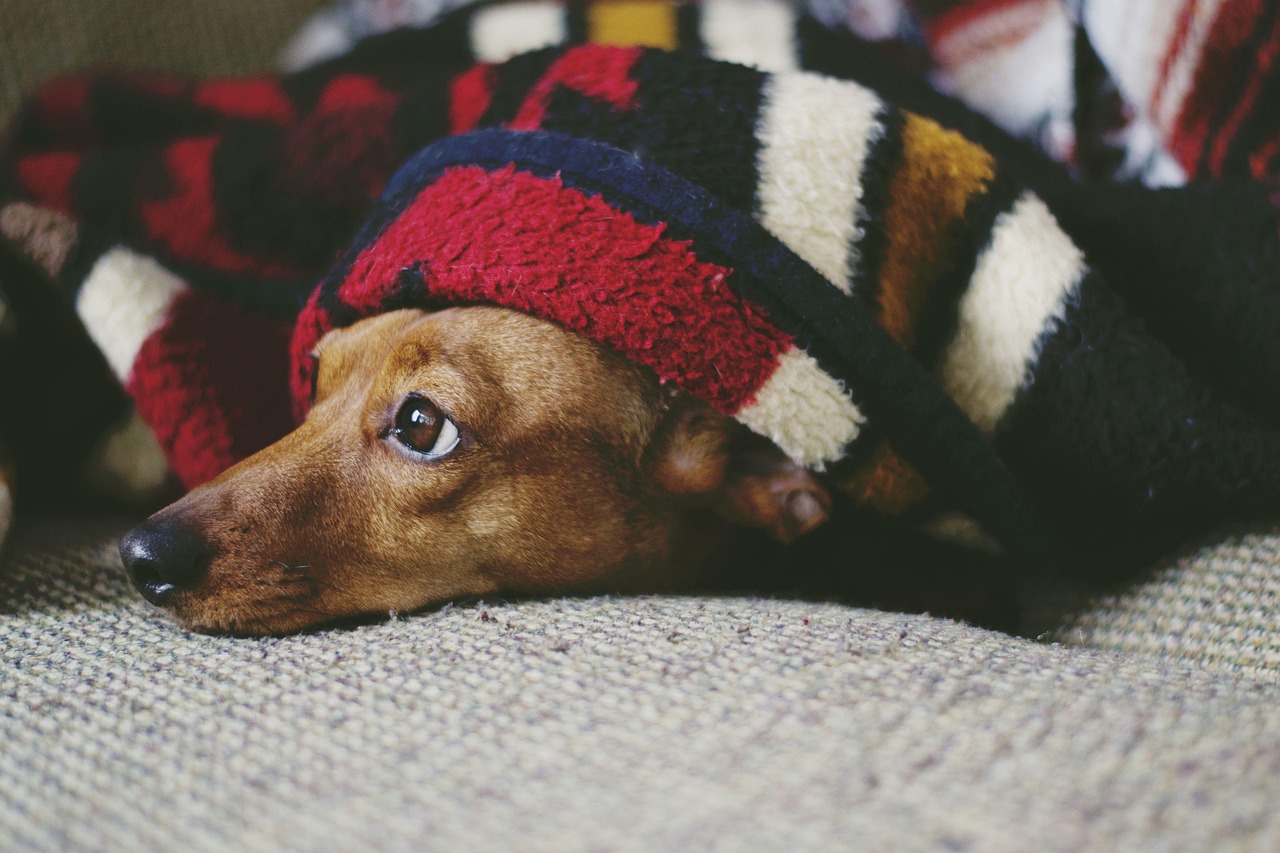
If your dog can’t hear the thunder or see the lightning, they’ll be less stressed. In addition to providing a safe space that’s dark and covered, provide background noise to reduce stimulation. Sound masking is one of the most effective immediate interventions you can implement during a storm.
Providing background noise, such as soothing music, white noise machines, or even a television, can help drown out the thunderous sounds and create a more calming environment for your dog. Classical music or specially composed canine relaxation tracks are often recommended for their soothing effects. I recommend having your sound solution ready before storm season begins. Close all the windows and doors so the sound is muffled as much as possible.
Harness the Comfort of Calming Pheromones
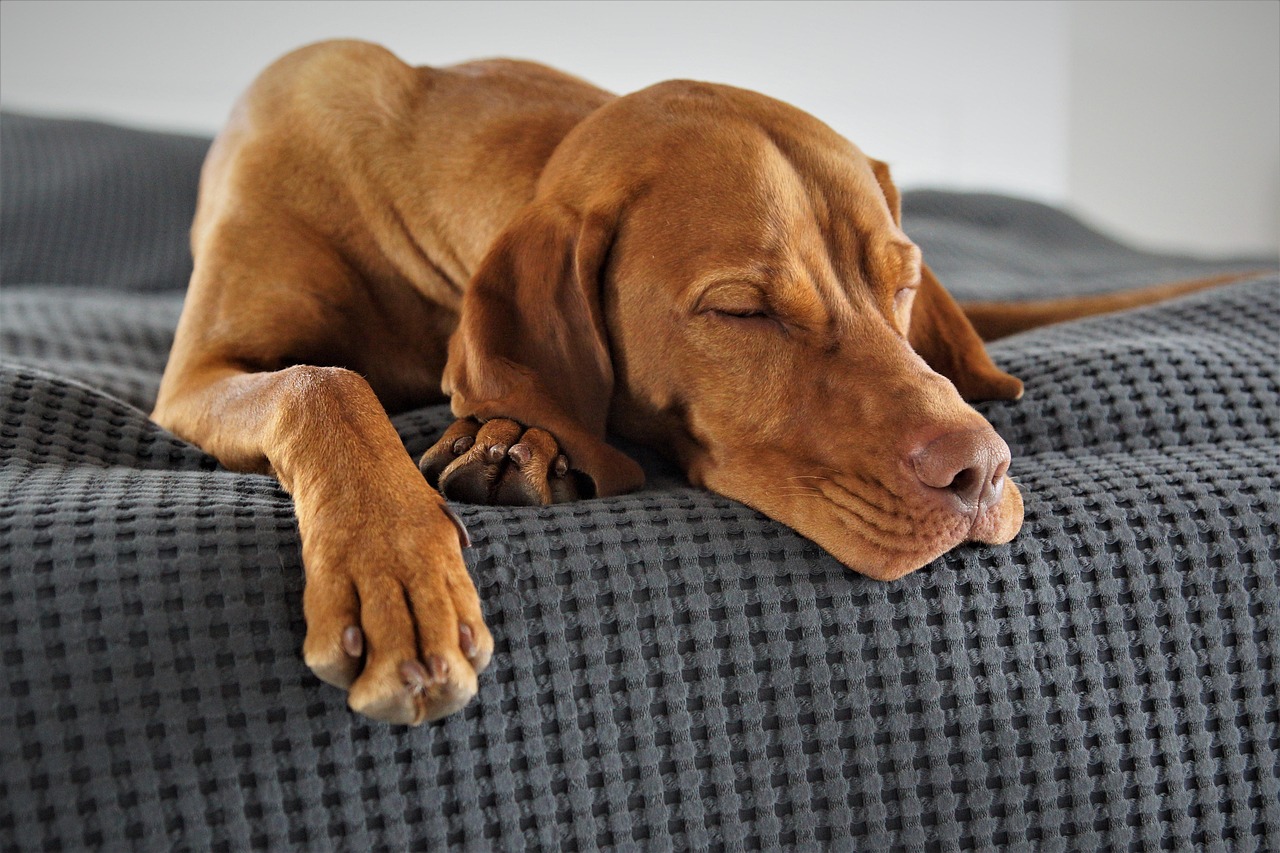
Nursing dogs release a special kind of comforting pheromone to let their offspring know they are safe – and that’s exactly the pheromone that’s effective in calming an anxious dog. This pheromone, termed dog appeasing pheromone (DAP), has been produced synthetically. In scientific studies, DAP has proven effective in treating separation anxiety. It can also be used to help dogs stay calm through anxiety-inducing situations such as thunderstorms and fireworks displays.
Pheromone diffusers like Adaptil or ThunderEase work continuously in the background, creating an invisible bubble of calm in your home. The Adaptil Calm diffuser covers an area of up to 700 square feet, for as long as four weeks. What I love about pheromones is that they’re completely drug-free and odorless to humans, yet they tap into your dog’s natural biology to promote relaxation.
Master Your Own Energy and Response
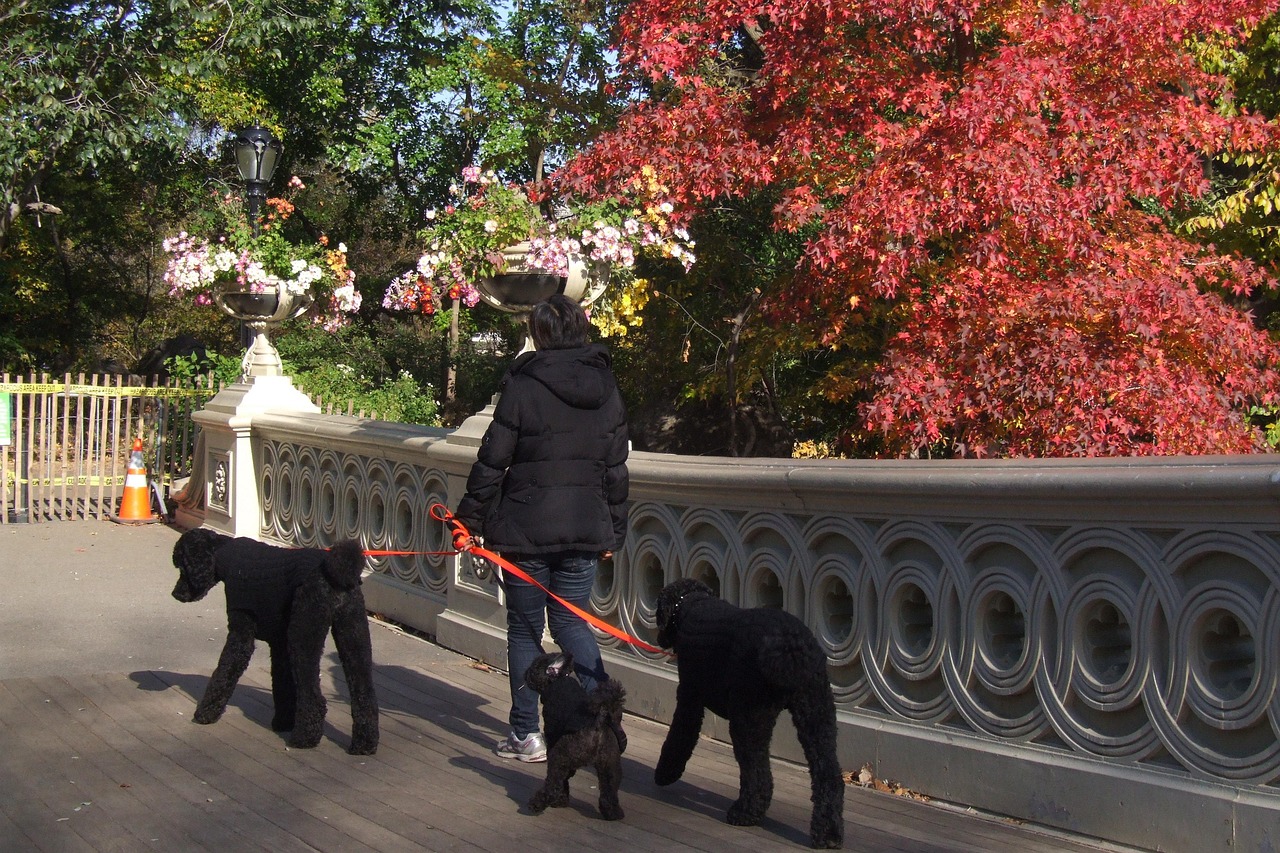
Here’s something that might surprise you: your reaction to your dog’s fear matters more than you think. If their dog is visibly stressed during a thunderstorm, some owners instinctively use a soothing voice and say things like “It’s okay, there’s nothing to be scared of,” aiming to be reassuring and comforting. While the intention is kind, this consoling tone (often sing-song and high-pitched) can actually confuse your dog and may unintentionally reinforce their fearful behavior or even make it worse. This is because the tone used in these circumstances is contradictory to how the dog is feeling and may make them think that their anxiety or fear is a proper response to the stimuli of the thunderstorm.
It’s perfectly acceptable to offer comfort if your dog seeks it during a storm. It’s a common misconception that doing so might accidentally reinforce your dog’s fear, but fear is a visceral response that can’t be altered by petting or kind words. Anecdotal evidence has suggested that an owner’s calm presence is more effective at calming a dog during a thunderstorm. So, instead of speaking in overly emotional tones, try gentle petting or letting them sit on your lap.
Provide Strategic Distractions and Mental Engagement
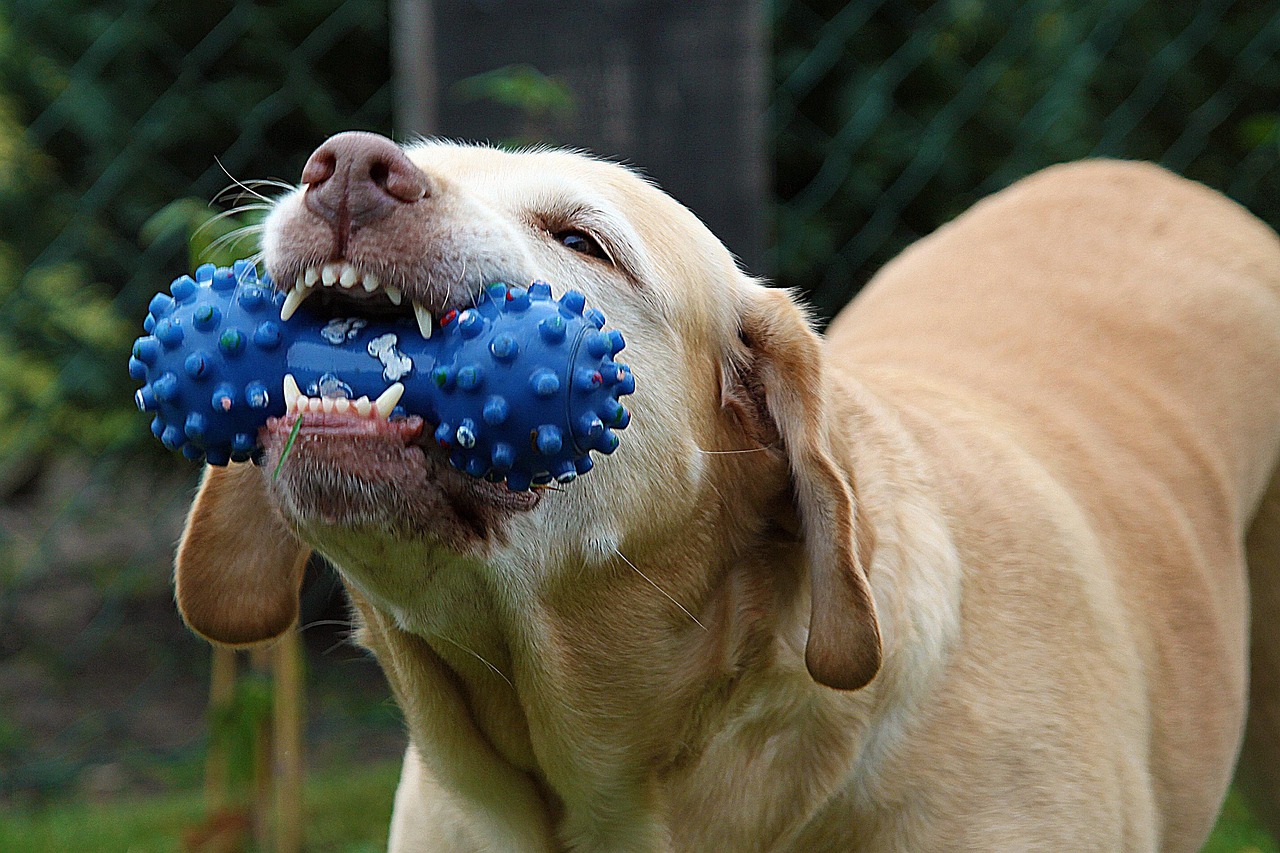
When a storm hits, redirecting your dog’s attention can work wonders. Chew and puzzle toys can also help your dog during a thunderstorm. If your dog gets destructive, chewing and licking are self-soothing behaviors. If your dog naturally tends to do those things when they’re upset, giving them positive outlets for that can be really helpful. You can smear the mat with peanut butter, cream cheese, or another spreadable snack, then your dog can work to get the treat off it.
Some dogs who are scared of thunder might respond well to a distraction, like a favorite food or toy. Choose a high-value treat, such as cheese on a lick mat or peanut butter in a Kong toy. This will give them something to focus on other than the storm. However, this only works if your dog would typically be interested in these activities. The key is knowing your dog’s preferences and having these items ready when storms approach.
Consider Natural Calming Supplements

Sometimes dogs need a little extra support beyond environmental modifications. Calming treats, CBD oil, KONGs filled with peanut butter or kibble, or anxiety vests can be helpful. A great alternative is CBD oil or CBD plus Melatonin. CBD may help to manage thunderstorm anxiety in dogs. Many pet parents have found that providing their dog with CBD oil or an edible product before thunderstorms can reduce fear and anxiety.
Supplements your veterinarian may recommend to help calm a dog during a thunderstorm can include Zylkene and Solloquin, which should be given well in advance of an expected storm for the best results. Zylkene contains a milk protein-derived peptide that acts similarly to GABA (a calming neurotransmitter). It has been shown to reduce stress and anxiety within 90 minutes of administration without causing sedation. Always consult your veterinarian before starting any supplement regimen.
Plan Ahead with Weather Awareness and Professional Help
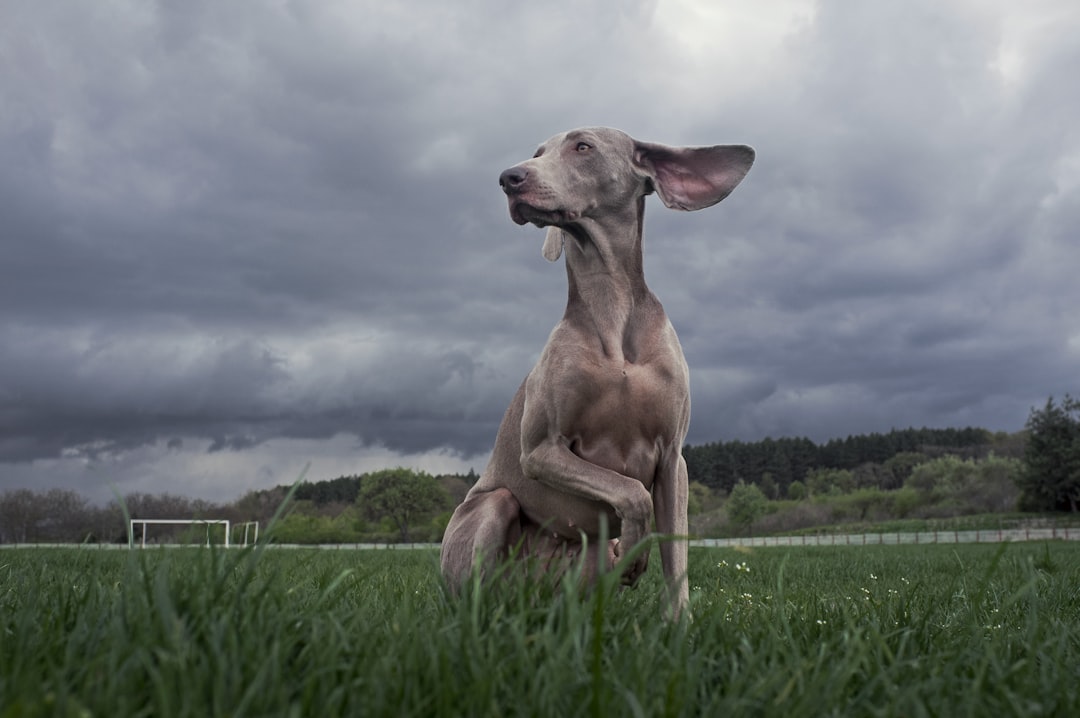
It’s ideal to plan ahead and try to anticipate anxious events. Watch the news so you can follow the local weather, then begin calming your dog before the storm hits your area. Being proactive rather than reactive can make a tremendous difference in how your dog experiences storms.
If your dog’s storm anxiety seems severe or doesn’t improve with home remedies, it’s best to make an appointment with your vet. They can advise you on the best treatment plan and may prescribe an anti-anxiety medication, which can make a big difference for your dog’s well-being. Most dogs cannot be cured of their thunderstorm phobias, but management is possible. Studies have shown that most dogs can show significant improvement in their symptoms with appropriate medication and behavior modification treatment.
Remember, thunderstorm anxiety isn’t something your dog can simply “get over” with time. Dogs of any age and breed can become suddenly terrified of thunderstorms when they develop a fear response from a negative association with thunder and lightning. However, with patience, consistency, and the right combination of strategies, you can help your furry friend feel more secure when Mother Nature puts on her dramatic show. The most important thing to remember is that your dog isn’t being dramatic or attention-seeking; they’re genuinely frightened and looking to you for comfort and security.
What approach have you found most helpful for your storm-anxious pup? Every dog is unique, and sometimes it takes trying several methods to find what works best for your four-legged family member.

Gargi from India has a Masters in History, and a Bachelor of Education. An animal lover, she is keen on crafting stories and creating content while pursuing a career in education.

